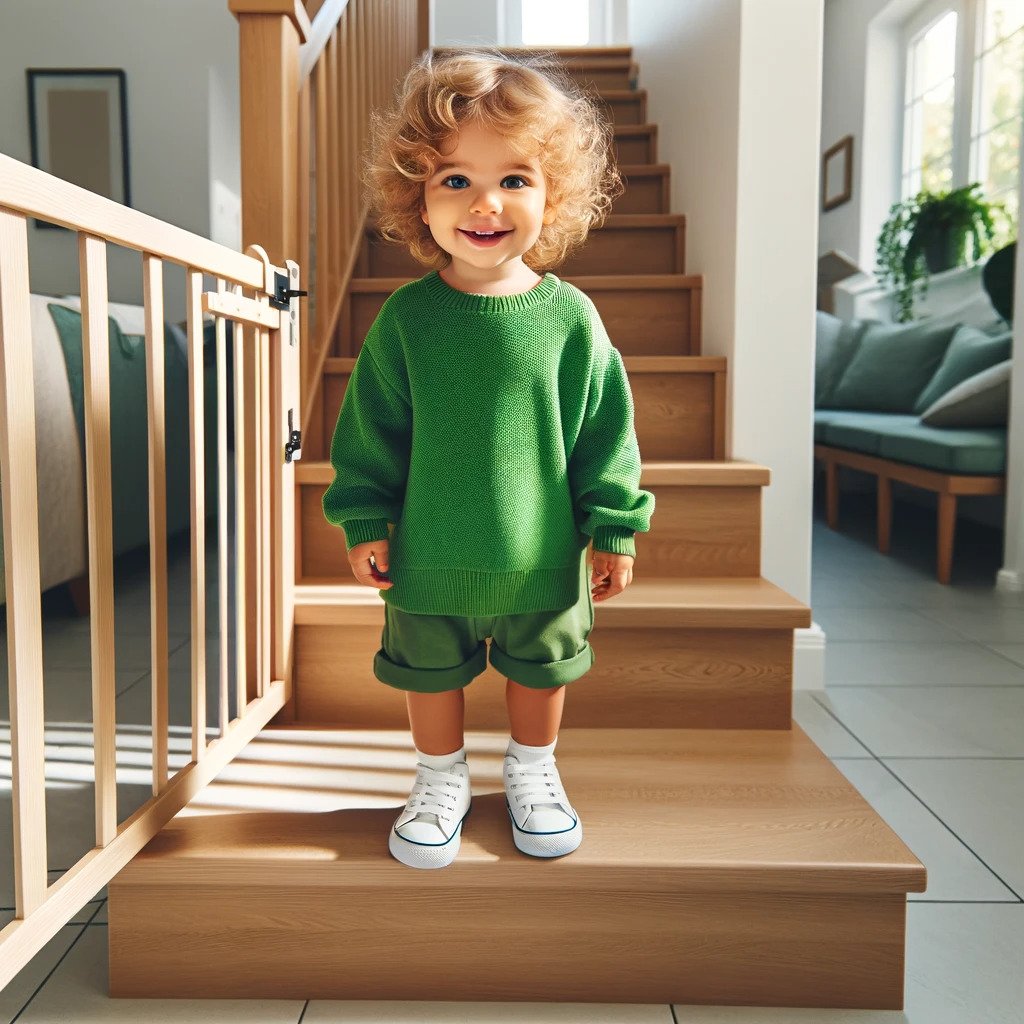Growing up is like embarking on a big adventure, where sometimes, we might trip and fall. It’s a natural part of learning and exploring. However, knowing what to do when a child falls can make a big difference. It’s important to remember that if you panic, the child might too. This article explains the steps to follow when a child falls, and when it’s crucial to get help from a doctor. Your calm and informed response can ensure a child’s safety and well-being.

Falls are a part of growing up, a way for kids to learn about their environment. With each fall, kids learn and become stronger. However, not all falls are simple or harmless. The danger level can change depending on how high the fall is and where the child lands. Understanding the nature of the fall helps in reacting appropriately.
A small tumble down a few stairs might scare a child but not hurt them much. Falling down stairs isn’t as dangerous as falling from a high place like a table. The higher the fall, the more chance of getting hurt. Yet, it’s the response post-fall that can really make a difference. Being prepared for such incidents is part of ensuring a child’s safety.
Immediate Response:
Reacting quickly and calmly after a fall is very important. First, it’s crucial to stay calm. If you panic, the child might too. Approach the child calmly, check what happened, and comfort them. Your soothing presence can help alleviate the child’s fear and anxiety.
Checking for Injuries:
Look for obvious injuries like bleeding or broken bones. If the child is crying, it’s a good sign because it shows they are responsive. Check the child’s body gently for signs of pain or anything unusual. In the absence of visible injuries, observe the child’s behavior. Sometimes, internal injuries may not show immediate signs.
Head Injuries:
If the child hit their head, extra caution is warranted. If they start vomiting or lose their voice, take them to the Emergency Room (ER) right away. These signs could indicate a serious head injury. Immediate medical attention can prevent further complications.
Monitoring Post-Fall:
Even if there are no worrying signs, if a child feels very sleepy or seems confused after a fall, they need medical attention. Sometimes, signs of a serious injury take time to show up. It’s always better to be safe than sorry. Prompt medical evaluation can provide peace of mind.
Continuous Observation:
If the child seems okay after the fall, continuous observation is crucial. Sometimes, signs like limping or pain may show up later. If anything seems wrong, don’t hesitate to contact a doctor. Early intervention can address potential issues before they escalate.
Preventing Falls:
Preventing falls is a proactive step towards ensuring safety. Making the home safe by adding gates to staircases and removing trip hazards like toys on the floor can help a lot. Educate children on the importance of cautious play. This proactive approach can significantly reduce the risk of falls.
Teaching kids about the dangers of heights and how to use stairs safely can also prevent falls. Encourage safe play and keep an eye on them, especially in new or risky areas. Awareness and supervision are key in minimizing risks. Creating a conducive and safe environment for exploration is essential.
Having a safe play area outside is also very important. Make sure the outdoor play area is clear of sharp objects and has a soft surface like grass or rubber mats. Safety measures outdoors are as crucial as indoors. A well-prepared outdoor area can provide a safe space for children to play and explore.
Keeping emergency contact numbers handy is a smart idea. In the event of a fall, having these numbers can save valuable time. Preparing for emergencies beforehand is a wise decision. Quick access to medical help can make a significant difference in ensuring the child’s safety.
Remember, kids are strong but they depend on adults to keep them safe. Quick and correct reactions to falls can prevent serious injuries, ensuring the child stays safe and healthy. Each fall teaches something new, to the child and the adults alike. Being ready, staying calm, and knowing when to get medical help are key to handling the ups and downs of growing up.






























